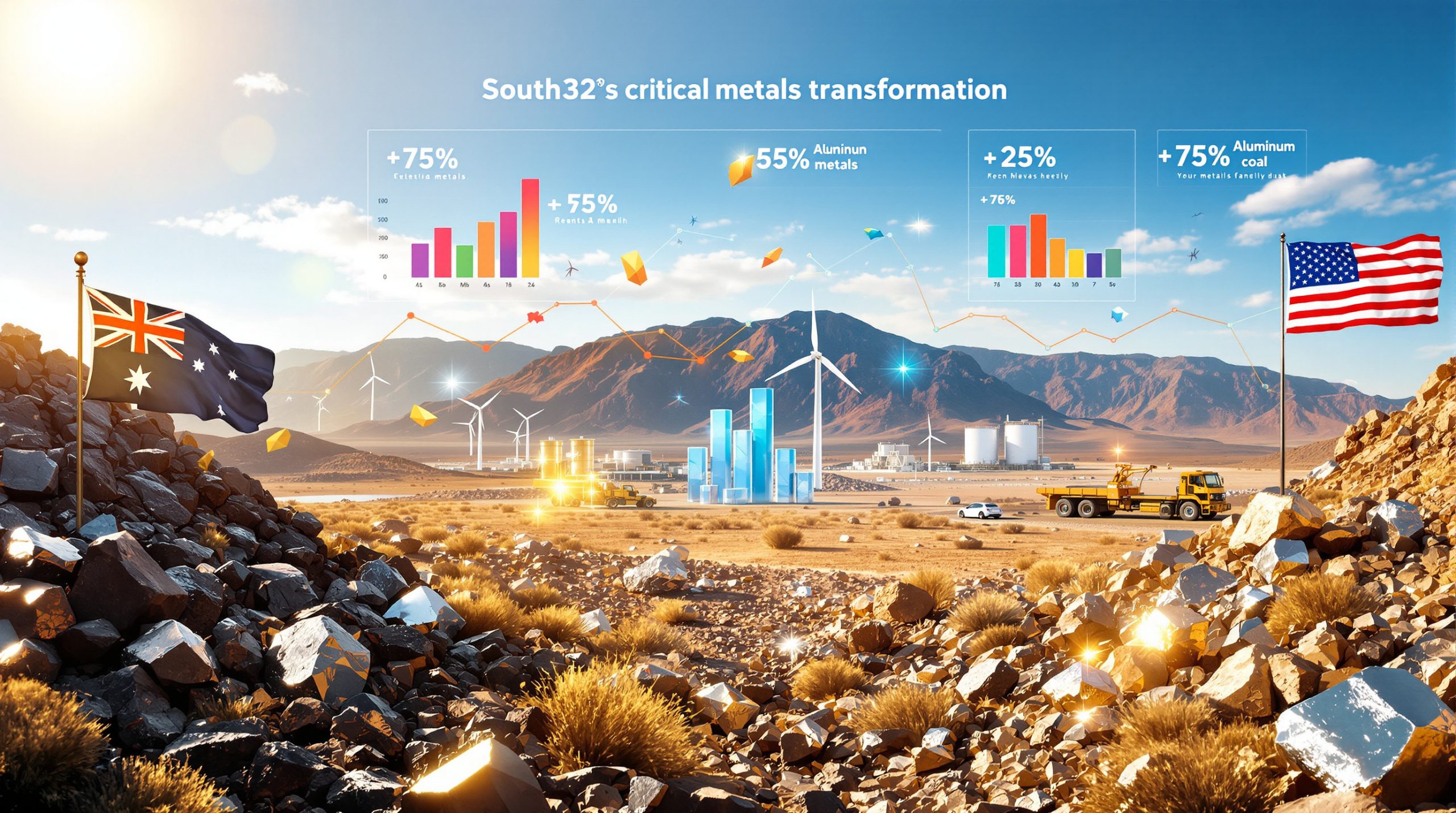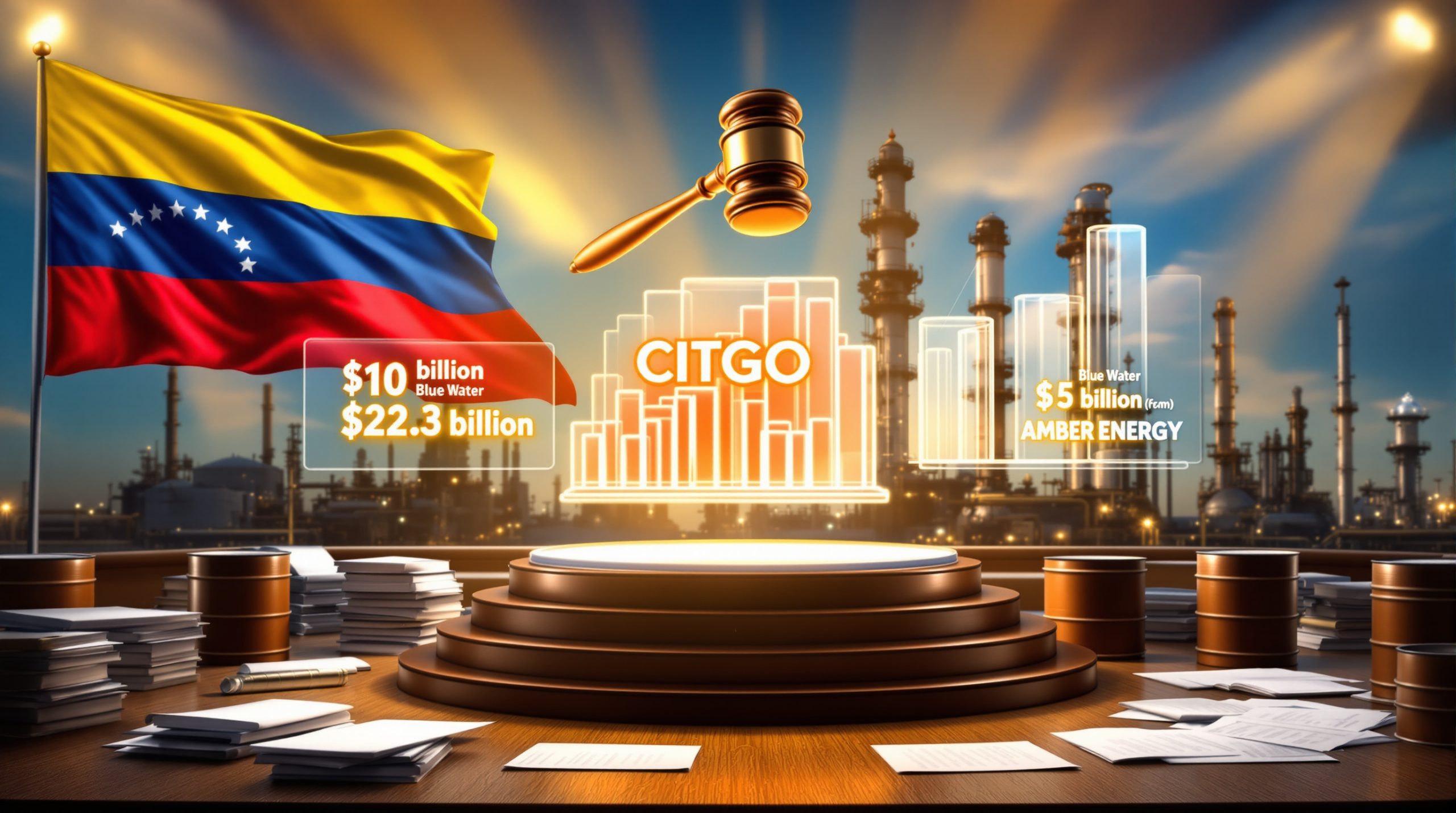Why Has Zangge Mining Halted Lithium Production in Qinghai?
Understanding the Production Suspension
Zangge Mining, a Chinese lithium producer controlled by state-owned Zijin Mining, has suspended lithium production operations at its facility in Qinghai province. This sudden halt, which occurred on July 17, 2025, came following direct orders from local government authorities in the Haixi prefecture, who issued a notice demanding an immediate cessation of what they termed "non-compliant mining activities."
The specific nature of these compliance issues was not publicly disclosed in the company's filing to the Shenzhen Stock Exchange, creating speculation within the industry about whether the violations relate to environmental standards, resource extraction limits, or operational safety protocols.
"The miner received a notice from Haixi prefecture authorities demanding an immediate stop to non-compliant mining activities," according to Zangge's official statement in its regulatory filing.
This regulatory action highlights China's increasingly stringent enforcement of mining permitting insights, particularly in ecologically sensitive regions like Qinghai, where salt lake lithium extraction must balance resource exploitation with environmental protection. The Qinghai salt lakes represent a strategic lithium resource for China's burgeoning electric vehicle battery supply chain.
What Is the Scale of the Production Impact?
Production Projections and Current Output
Prior to the suspension, Zangge Mining had set ambitious production targets for 2025:
- Annual production projection: 11,000 tonnes of lithium carbonate
- First half of 2025 production: Approximately 5,350 tonnes already produced (48.6% of annual target)
- Remaining 2025 target: 5,650 tonnes now at risk due to the suspension
This suspension creates significant uncertainty in the company's ability to meet its annual targets, as the timeline for resuming operations remains unclear. The company must first bring its operations into compliance with regulatory standards and then apply for permission to restart production.
In its statement to investors, Zangge Mining noted: "Since it is not yet possible to determine the specific time of Zangge Lithium's resumption of production, the impact on the company cannot be predicted for the time being."
How Has This Affected the Lithium Market?
Immediate Market Response
The production halt has triggered notable movements in lithium markets:
- Lithium carbonate futures on the Guangzhou Futures Exchange surged to a three-month high immediately following the announcement
- Market sentiment for lithium, a critical electric vehicle battery material, has improved after months of price stagnation
- Supply concerns have emerged, particularly given China's dominant position in global lithium brine insights
The market's strong reaction highlights the sensitivity of lithium prices to supply disruptions, especially from major producers in China. Despite Zangge's relatively modest global market share, the suspension sends signals about China's regulatory approach to lithium extraction, potentially affecting investor sentiment toward other Chinese producers.
What Is Zangge Mining's Strategic Importance?
Corporate Structure and Recent Acquisition
Zangge Mining's operations in Qinghai represent a strategic asset in China's lithium supply chain:
- The company was recently acquired by Zijin Mining in May 2025
- This acquisition was part of Zijin's broader strategy to expand its presence in the lithium market
- Qinghai province is home to significant lithium brine resources, making it a key region for China's lithium production
Qinghai's salt lakes contain some of China's most economically viable lithium brine deposits, with extraction methods that generally involve lower costs than hard-rock lithium mining. The region has become increasingly important as China seeks to secure domestic supply chains for critical battery materials.
Despite the current production challenges, Zangge Mining has stated that it expects the financial impact to be minimal, though this assessment may change depending on how long the suspension lasts.
What Steps Is Zangge Taking to Resume Operations?
Compliance and Resumption Strategy
Zangge Mining has outlined its approach to addressing the suspension:
- The company has expressed its intention to align mining operations with compliance standards
- It plans to apply for production resumption once compliance issues are resolved
- Management is working closely with Haixi prefecture authorities to understand specific remediation requirements
The uncertainty about the resumption timeline is a key factor in both the company's outlook and the broader market response. Typically, mining operation suspensions in China can last anywhere from several weeks to multiple months, depending on the severity of the compliance issues and the company's response.
"Since it is not yet possible to determine the specific time of Zangge Lithium's resumption of production, the impact on the company cannot be predicted for the time being."
The company will need to navigate a multi-step regulatory approval process before operations can restart, including submitting revised operating plans, potentially undergoing new environmental assessments, and receiving formal approval from multiple government agencies.
How Does This Fit Into China's Lithium Industry Regulation?
Regulatory Context and Enforcement
This production halt reflects broader trends in China's approach to regulating its critical minerals sector:
- Increased scrutiny of mining operations for environmental and regulatory compliance
- Stricter enforcement of mining regulations across strategic mineral resources
- Growing emphasis on sustainable and ESG mining practices
- Balancing resource security needs with environmental protection goals
The action against Zangge Mining suggests that even companies backed by state-owned enterprises are subject to regulatory enforcement when compliance issues arise. This aligns with China's dual goals of securing critical mineral supply chains while also addressing environmental concerns in mining regions.
In recent years, Chinese authorities have conducted multiple inspection campaigns targeting the lithium sector, including operations in Jiangxi province (hard rock) and Qinghai (brine), indicating a nationwide focus on regulatory compliance in critical mineral extraction.
What Are the Implications for Global Lithium Supply?
Supply Chain Considerations
The suspension at Zangge Mining has several potential implications for global lithium markets:
- Short-term supply constraints could persist if the suspension extends for a significant period
- Price volatility may continue as markets adjust to the uncertainty
- Downstream industries, particularly electric vehicle manufacturers, may face supply chain pressures
- Increased emphasis on supply diversification among battery manufacturers
The situation highlights the vulnerability of global lithium supply chains to regulatory actions in key producing regions. While Zangge's 11,000-tonne annual target represents only a small percentage of global lithium carbonate production, the market reaction demonstrates how sensitive battery material prices remain to disruption news, according to Reuters' recent market analysis.
For battery manufacturers and automakers, this type of disruption reinforces the importance of supply chain resilience strategies, including diversifying sourcing beyond China and developing alternative battery-grade lithium processing technologies that reduce dependence on single supply regions.
FAQ About Zangge halts lithium production in Chinese province of Qinghai
How long is the production suspension expected to last?
The duration of the suspension remains uncertain. Zangge Mining must first address the compliance issues identified by local authorities and then apply for permission to resume operations. No specific timeline has been provided by either the company or government officials.
Based on similar regulatory suspensions in China's mining sector, such halts typically last between 1-6 months, depending on the severity of violations and the company's remediation efforts. However, each case is unique, and the timeline could vary significantly.
What percentage of China's lithium production does Zangge represent?
While specific market share figures weren't disclosed, Zangge Mining's projected annual production of 11,000 tonnes of lithium carbonate represents a significant contribution to China's domestic lithium supply, particularly from the important Qinghai salt lake region.
China's total lithium carbonate production capacity is estimated to be approximately 865,000 tonnes for 2025, making Zangge's 11,000-tonne target roughly 1.3% of national capacity. However, its importance to the Qinghai brine-based lithium sector is more substantial.
Who owns Zangge Mining?
Zangge Mining is controlled by Zijin Mining, a major state-owned Chinese mining company. Zijin acquired a controlling stake in Zangge in May 2025 as part of its strategic expansion into the lithium sector.
Zijin Mining is primarily known as one of China's largest gold and copper producers but has been diversifying into battery metals including lithium and cobalt to capitalize on the energy transition and electric vehicle boom, as reported by Bloomberg's recent coverage of the sector.
What are salt lake lithium operations?
Salt lake lithium extraction involves processing lithium-rich brine from salt lakes. This method is common in the Qinghai province of China, where lithium is concentrated in salt lake brines and extracted through evaporation and chemical processing. This differs from hard-rock lithium mining practiced in other regions globally.
The process typically involves:
- Pumping lithium-rich brine from beneath salt lakes into large evaporation ponds
- Using solar evaporation to concentrate the lithium content over several months
- Chemical processing of the concentrated brine to remove impurities
- Conversion into lithium carbonate or lithium hydroxide for battery applications
Salt lake extraction generally has lower operating costs than hard-rock mining but faces challenges including weather dependence, longer production cycles, and potential environmental impacts on fragile salt lake ecosystems.
Further Exploration
Readers interested in learning more about the lithium industry in China can also explore related educational content from Mining Technology, which offers perspectives on global mining developments and lithium industry innovations.
Understanding China's dominant role in lithium processing and the regulatory environment surrounding critical mineral extraction provides valuable context for evaluating the long-term sustainability of electric vehicle supply chains and battery material markets.
Searching for the Next Major Mineral Discovery?
Discover how significant ASX mineral discoveries can generate substantial returns by exploring Discovery Alert's proprietary Discovery IQ model, which transforms complex announcements into actionable insights for traders and investors. Visit our dedicated discoveries page today to understand the historical impact of major mineral finds and begin your 30-day free trial.




